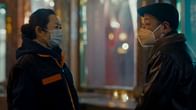Caught by the Tides ending explained: Does Qiao qiao finally reunite with Bin?
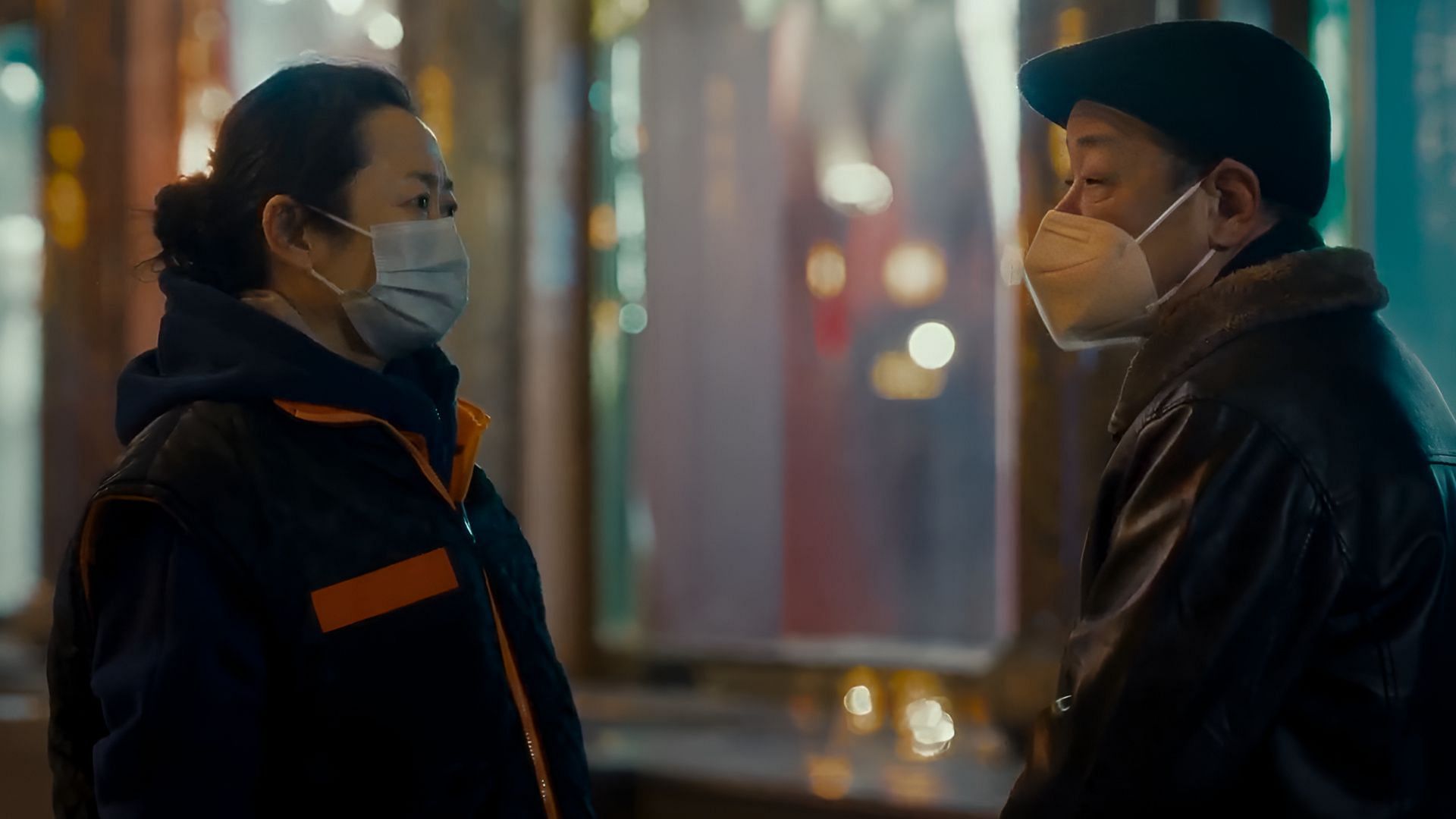
Caught by the Tides is a Chinese drama film directed by Jia Zhangke and written by Jia and Wan Jiahuan. The film uses a mix of archival and newly shot footage collected over 22 years. It stars Zhao Tao as Qiaoqiao and Li Zhubin as Bin and spans two decades, portraying both personal and national transformation in China. The film premiered at the 77th Cannes Film Festival on 18 May 2024 and was later released in China on 22 November 2024.
Qiaoqiao and Bin do reunite briefly in the later part of the film, during the COVID-19 era. However, their reunion is not a resolution. The film ends with Qiaoqiao joining a group of runners and moving ahead with them, leaving Bin behind on the sidewalk. This final moment highlights her decision to move forward with life while Bin remains stuck in the past. The narrative avoids traditional storytelling, instead reflecting how people change gradually amid the currents of time and history.
What the ending reveals about Qiaoqiao and Bin's relationship?

The final stretch of Caught by the Tides brings Qiaoqiao and Bin back to their hometown of Datong during the COVID-19 pandemic. both characters have aged significantly. The dynamic between them has reversed. Bin, once confident and ambitious, now appears broken and involved in petty crime, while Qiaoqiao, once searching and uncertain, emerges as emotionally resilient and composed.
Their reunion does not follow a conventional arc of reconciliation or emotional release. Instead, it is marked by detachment and quiet recognition of what has been lost over the years. Qiao Qiao seems to have moved on, whereas Bin remains stuck, isolated in his own past.
The symbolic nature of the film’s final scene: a crowd of runners surges forward as Qiaoqiao joins them, shouting aloud in a moment of release. This act symbolizes her emotional breakthrough and her choice to embrace the present.
Meanwhile, Bin is shown on the sidelines, watching Qiaoqiao disappear into the crowd. this positioning captures his emotional paralysis. The film closes with a clear visual metaphor: Qiaoqiao moving with the collective flow of life, and Bin left behind, embodying unresolved grief and disconnection.
How time and visual style build emotional distance in Caught by the Tides
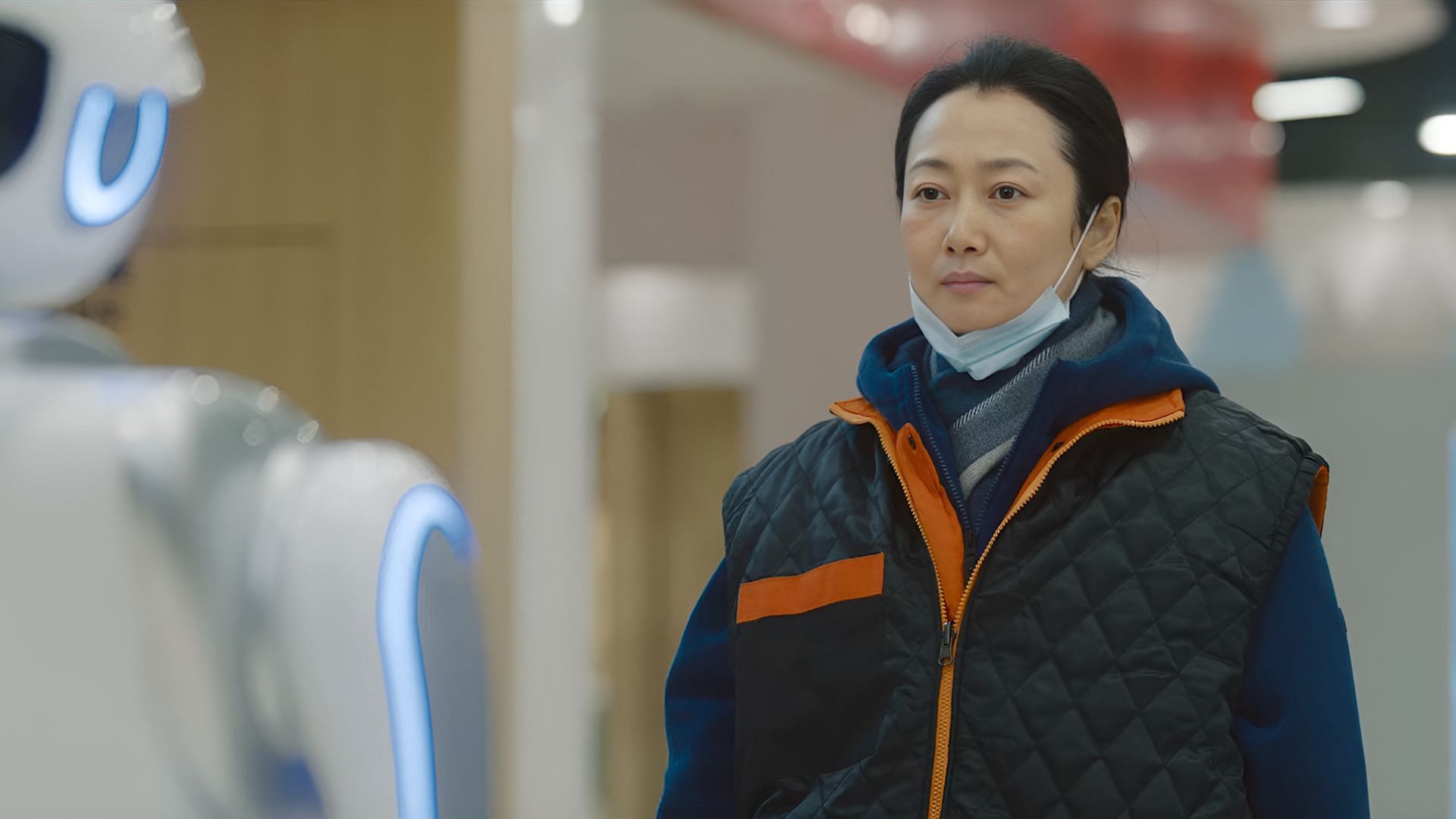
Jia structures Caught by the Tides using non-linear storytelling, combining fragments of past and present without chronological order. The film's visual composition is built from 22 years of footage, some from Jia's earlier works like Unknown Pleasures, Still Life, and Ash Is Purest White. These pieces were not originally intended to form a single story, but Jia recontextualizes them to depict Qiaoqiao's emotional drift through changing environments and eras.
This blend of fiction and documentary introduces a sense of ambiguity that matches the disorientation felt by the protagonist. Different visual formats, ranging from grainy DV footage to high-definition digital images, mark the film's shifting temporal settings and signal the passage of time.
This method favors atmosphere over conventional plot progression. The viewer witnesses China’s transformation through Qiaoqiao’s perspective: construction sites replace familiar neighborhoods, digital screens become more prominent, and people vanish from one scene to the next.
Qiaoqiao herself often remains passive in these sequences, walking through a world that continues to evolve without her input. These stylistic choices mirror the emotional distance that grows between Qiaoqiao and Bin, not through direct conflict, but through a slow accumulation of absence and silence.
What the final scenes suggest about Qiaoqiao’s transformation
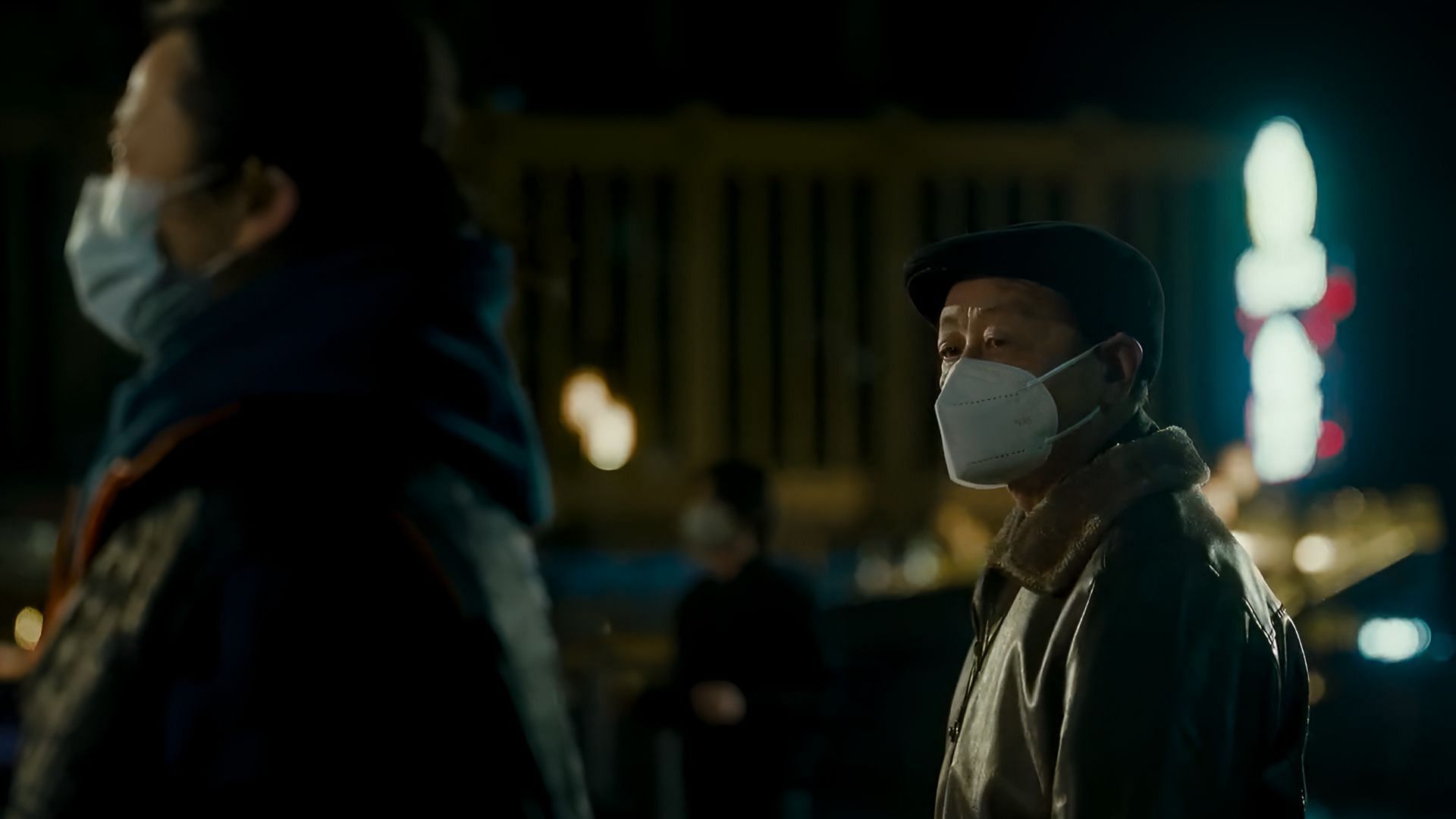
The final act of Caught by the Tides takes place during the COVID-19 lockdown, bringing the story into a contemporary setting marked by isolation and societal disruption. In this section, Qiaoqiao is shown as older and more reflective, her presence quiet but deliberate. Zhao Tao’s largely wordless performance conveys the internal evolution of her character through posture, facial expression, and subtle movement.
Qiaoqiao's final moments, her solitary walk through city streets and eventual disappearance into distant lights, as symbolic of someone who has integrated into the flow of modern China without fully belonging. Her journey, once motivated by a desire for closure or reconnection, appears to resolve in self-containment rather than reconciliation.
During a key final scene, Qiaoqiao joins a crowd of runners moving in unison while Bin remains on the sidelines. Her sudden shout as she runs forward is a release of long-held emotions, a declaration of presence after years of being caught in limbo. The New Yorker, in a review published on May 2, 2025, contrasts this image with Bin’s stillness, suggesting that while Qiaoqiao embraces movement and change, Bin remains trapped in the past.
Rather than returning to what once was, Qiaoqiao’s transformation is marked by her ability to let go. The film avoids closure in the romantic sense but affirms the significance of resilience in the face of displacement, time, and historical weight.
How the film was constructed over two decades
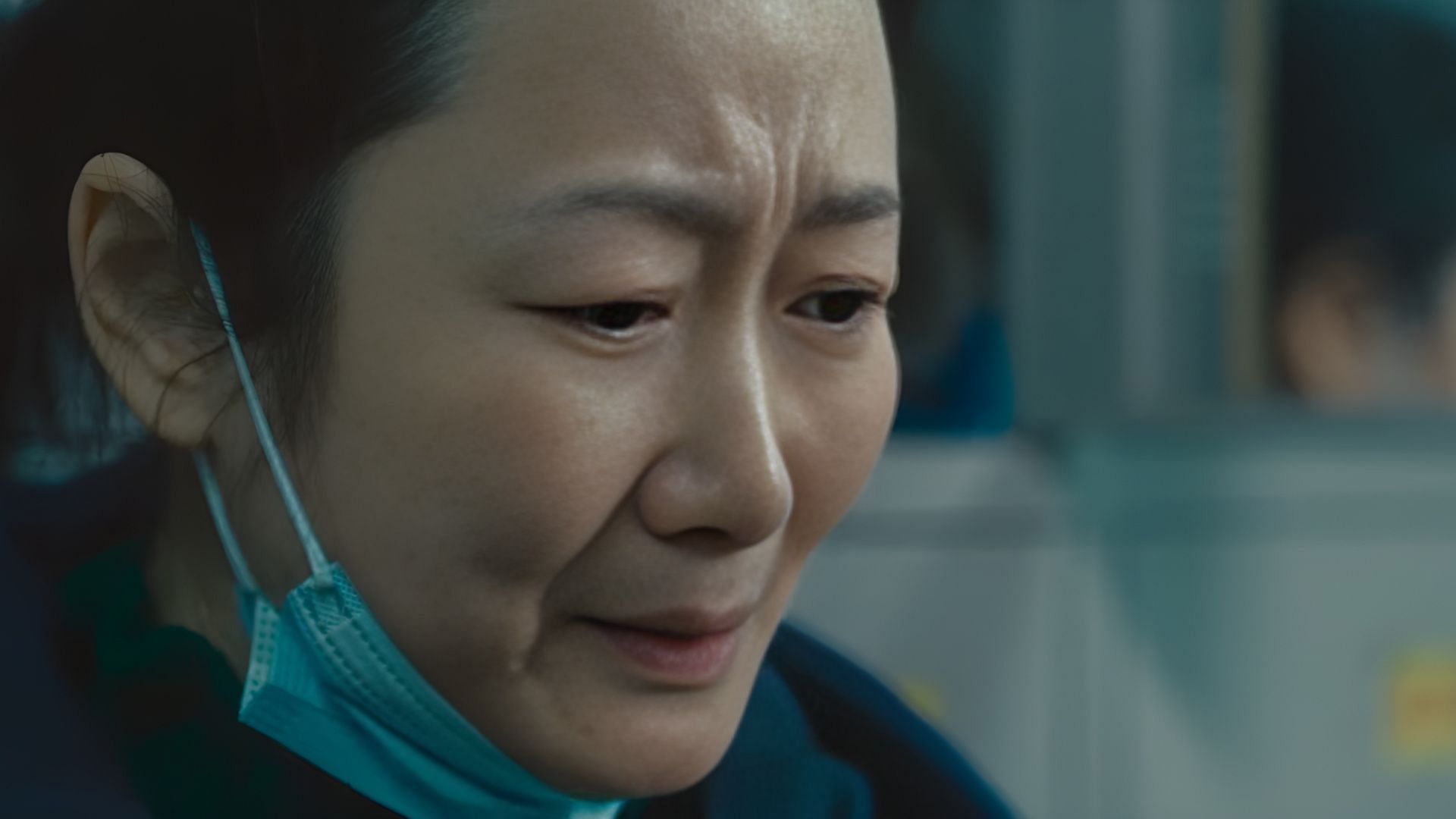
The film’s production history plays a key role in its narrative form. Jia first mentioned the idea in 2016, stating he had years of raw footage from experimenting with different formats. During the pandemic, production restrictions led him to revisit this material.
Caught by the Tides is composed of clips from multiple projects, with about 10 scenes repurposed from earlier films. Locations like Datong and Fengjie reappear, anchoring the story in familiar geographies from Jia’s past work. the film uses a wide range of media, from Sony Betacam to Arri Alexa, resulting in visual contrast between scenes.
This method allows Zhao Tao and Li Zhubin to age naturally across the film. Their real-life transformations become part of the story. The final act, shot during the pandemic, uses new footage to complete Qiaoqiao’s arc. Scenes from this section show modern China’s reality under lockdown and reflect ongoing societal shifts.
Caught by the Tides ends not with resolution but with quiet observation. Qiaoqiao and Bin's brief reunion is muted, and the final image of her alone reflects the film’s central theme: some journeys conclude not with answers but with quiet persistence. Through its unconventional structure and long production process, the film captures the essence of personal change against a backdrop of national transformation.



